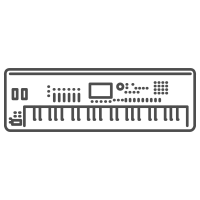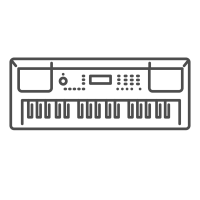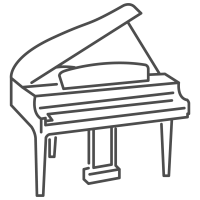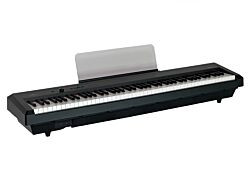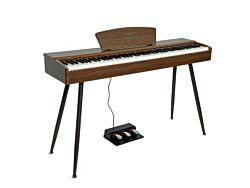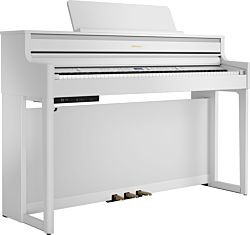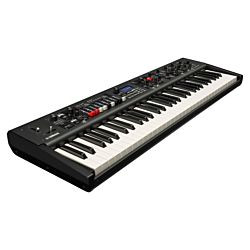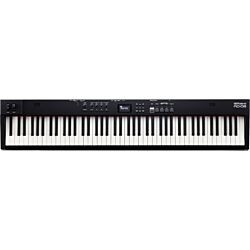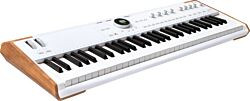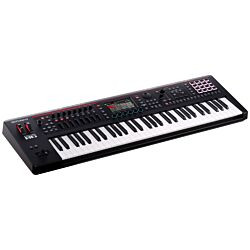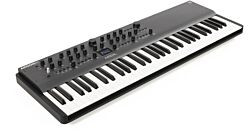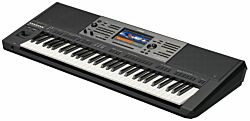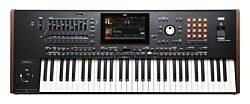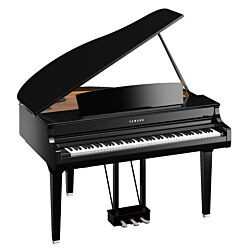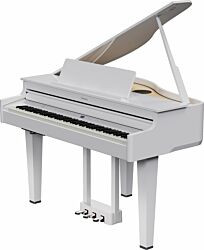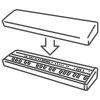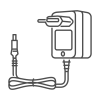Guide to digital piano speakers
One of the most important things to consider when buying a digital piano is the quality of the sound.
The best thing about playing music is the experience of beautiful sounds, melodies and harmonies that flow from the instrument. Therefore, it is very demotivating if your own piano sounds boring or artificial in comparison to other pianos.
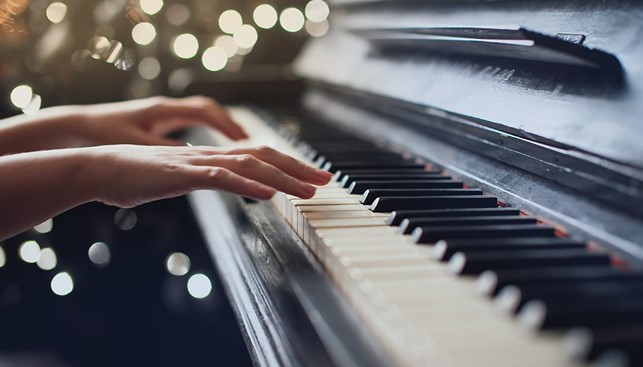
There are many types of digital pianos with more or less space for speaker systems. Some are very small stage pianos, which must be easy to carry around - so they often have small speakers. This contrasts with upright pianos or grand pianos which have a large cabinet with space for more speakers and larger speakers.
Many digital pianos can be plugged into external speakers, which people often do with stage pianos, at concerts and other musical events. For private use at home, it will often be more than enough to use the build-in speakers of the piano.
What is a speaker?
In short, a speaker works by converting electrical energy into mechanical energy (motion). The mechanical energy is compressed and converts the movement into sound energy.
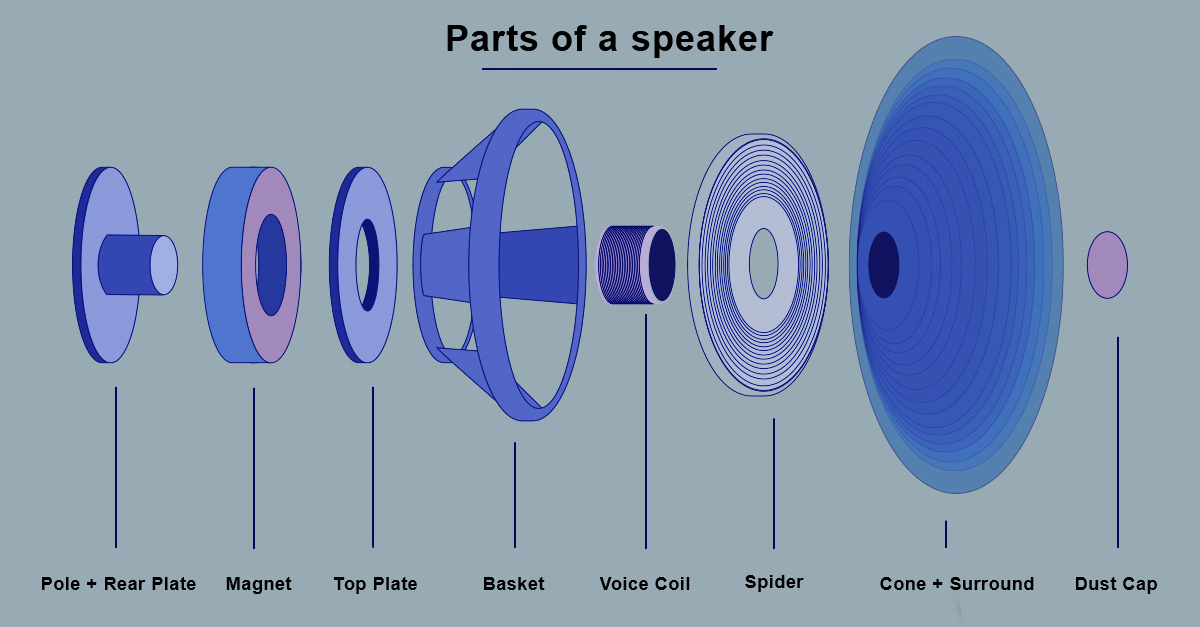
Some of the most important components here, are the permanent magnet and the voice coil, that attract and repel each other. The magnet is just a circular magnet, and the voice coil is a copper wire spun around a core.
As the voice coil moves back and forth, the vibrations affect the diaphragm (also called membrane or cone). The diaphragm is the cone-shaped screen, which is exterior part of the speaker, one can see, if it is not covered by a layer of fabric or a grid. The movements of the diaphragm create sound waves, which we register as sound and music.
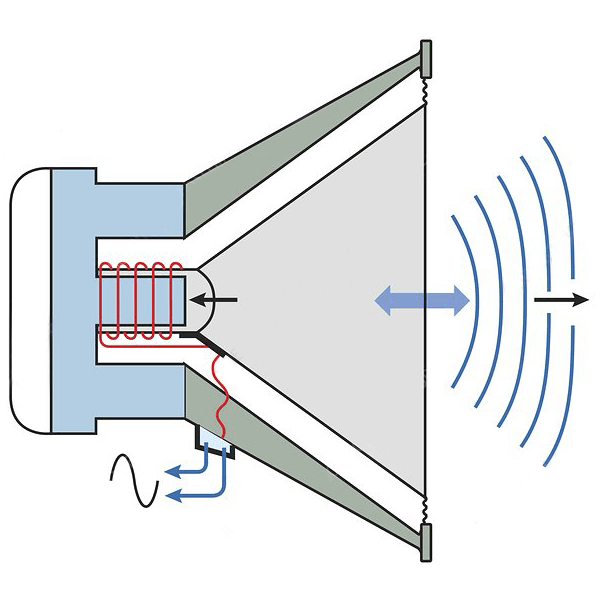
There are several factors that determine how good the sound quality will be including the frequency response, the amount of distortion and the direction (and spread) of the speaker.
In a more practical sense, in connection with musical instruments, one will talk about:
- Type of speakers
- Number of speakers
- Location of speakers
- Size of speakers and amplification
Type of speaker
Speakers are often divided into 3 different frequency ranges, which are mid-range, bass, and treble. By making this division, manufactures can specialize each individual speaker and thereby get the cleanest results. In a digital piano, you often have a "main speaker" which produces the frequencies in the middle of the piano's register.
- Main speaker
This speaker is the standard speaker that you will always find in a digital piano if it has built-in speakers. They provide, as I said, most of the sound that the instrument produces, especially the tones in the midrange. If a piano only has 2 speakers, it will be this kind. If a piano has multiple speakers, these speakers will be the largest.
- Treble
The light sounds are also the "weakest" sounds, ie the lowest in volume. Therefore, it is important to have specific speakers dedicated to highlighting the tones in the bright register. Speakers that play the bright frequencies are also called "Tweeters" or "Dome Tweeters". Treble speakers are placed on top of the piano.
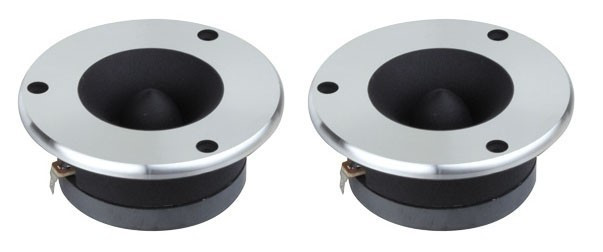
- Bass
Without good bass, the music becomes very flat and empty. The bass speakers create depth in the soundscape, and on High-end models you can actually feel the bass vibrate through the piano and out into your body, just like an acoustic piano. Speakers that emphasize the bass frequencies are also called "Woofers" or "Subwoofers". Bass speakers are located under the piano.
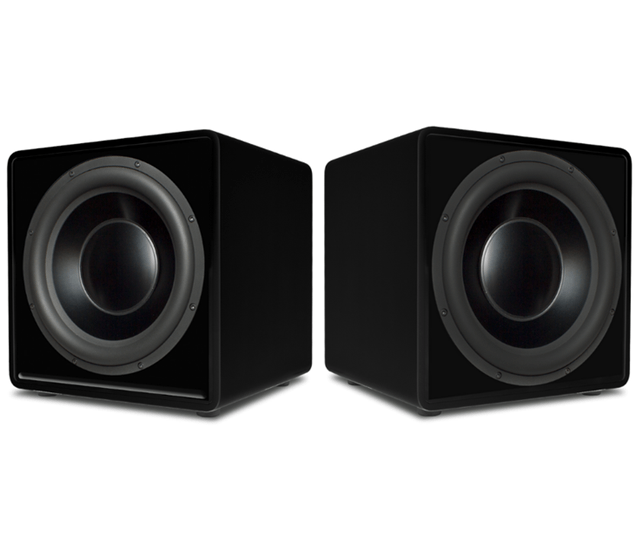
The number of speakers
The more speakers the piano has, the better sound you usually get. The reason for this, that is that you can have different types of speakers with their own working range, and because they are strategically placed to get the best immersion of an acoustic piano. Built-in piano speakers come in pairs– one to the right and one to the left.
- 2 speakers
When we look at the entry level digital pianos, they usually have a speaker in each side. This suits the untrained pianist who might not have the need for exceptional sound quality. Some popular models with two speakers are the Yamaha P-45 or the Roland FP-10 which have 6 W x 2 speakers with a diameter of 12 cm.
But the two-speaker system also comes in the bigger models such as the Kawai ES-520. The Kawai models has a larger output of 20 W x 2 instead of 6 W x 2. The dimension of the speakers are bigger as well; (12 x 8) x 2 and they have added a “Bass-Reflex-System”.
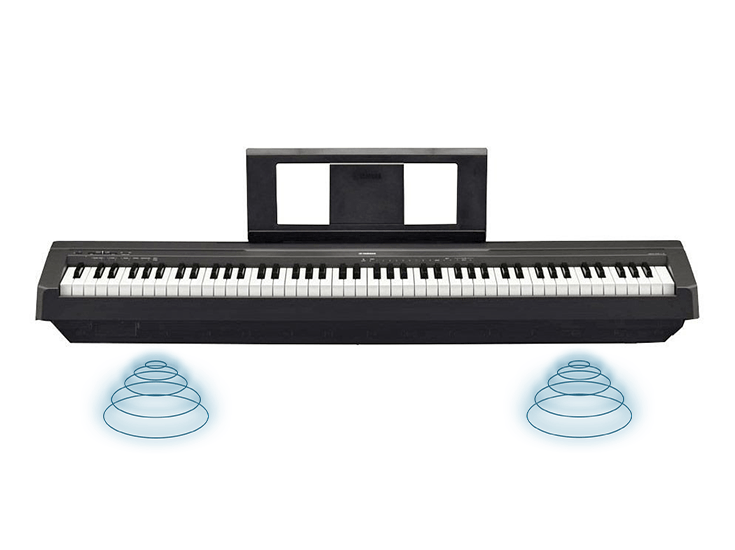
- 4 speakers
If you can afford going up the price range, you will get a more clear and defined sound. The Yamaha P-125 has 4 speakers, (2 x 12 cm) + (2 x 4 cm) with a output power of 7 W x 2.
In comparison, the Roland FP-90X also has four speakers, (8 x 12 cm) x 2 and Dome Tweeters (2.5 x 2 cm) with a total output of 25 W x 2 and 5 W x 2.
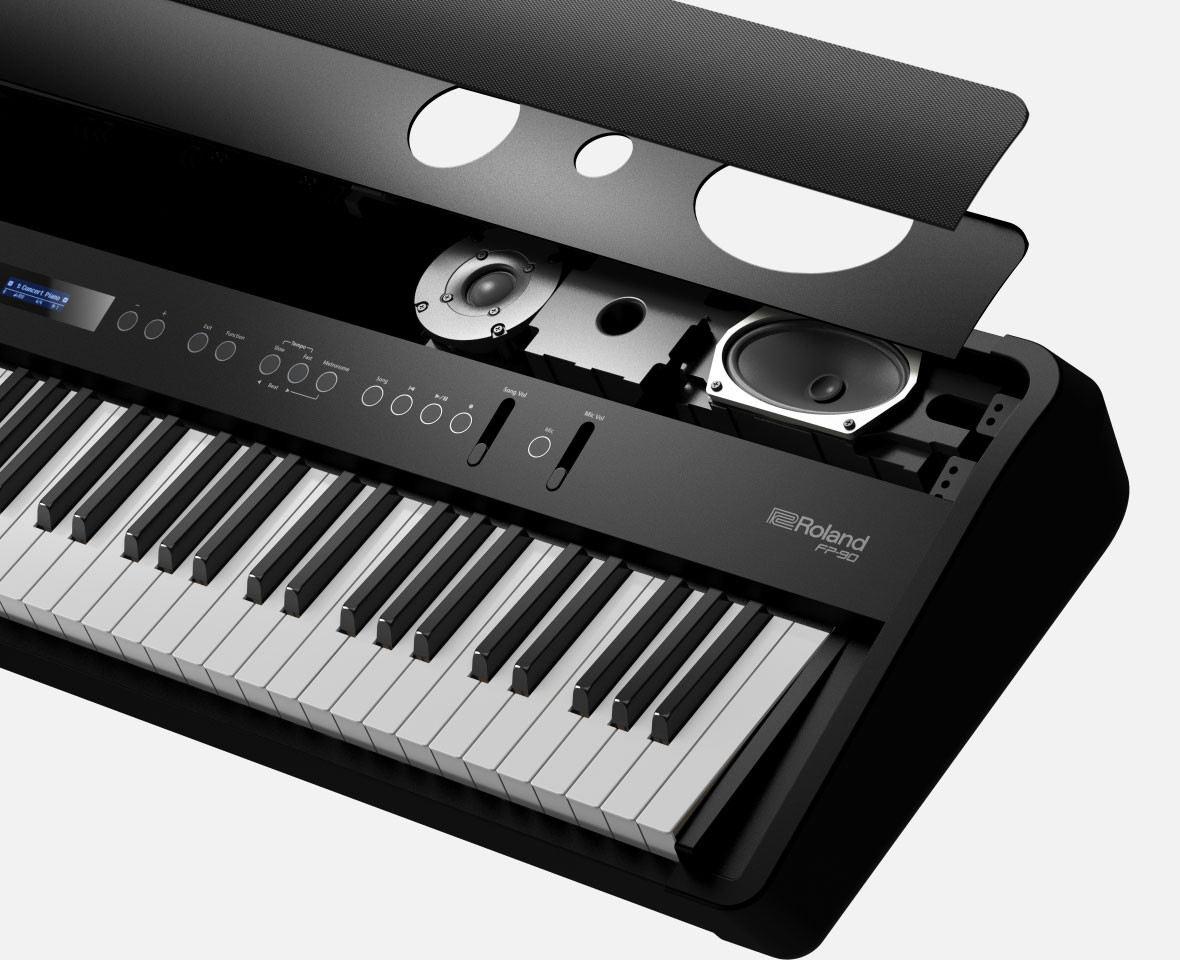
- 6 speakers
If you move another step up the price range, you will see an improvement in sound and technology – these are the “high-end” digital pianos. They tend to have six or even eight speakers and they sound almost as lively as an acoustic piano. For instance, the Kawai CA-99, CLP-785 og the Roland LX-706 all have six speakers.
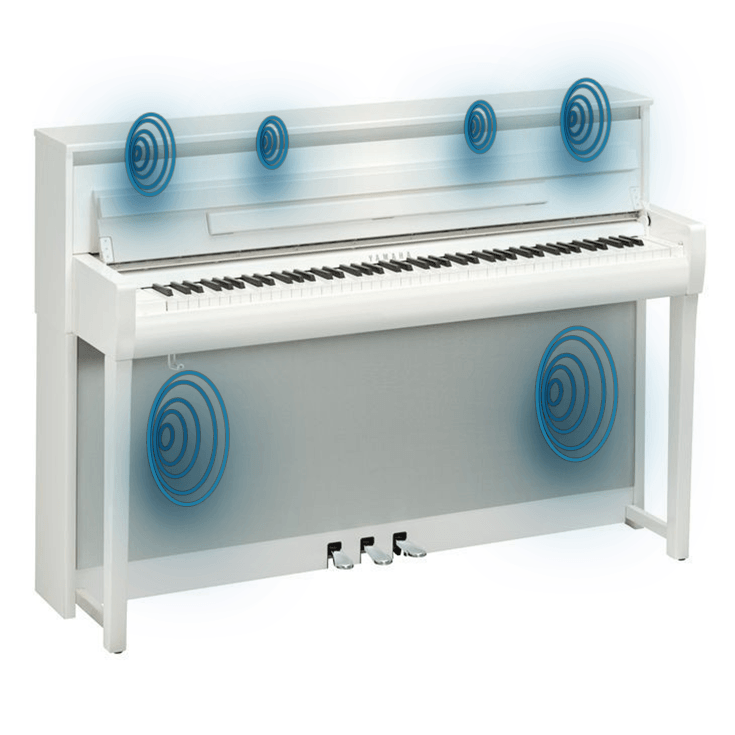
- 8 speakers
The highest number of speakers typically found in digital pianos. Not many pianos have 8 speakers, but the flagship model from Roland, LX-708 does have all 8. The digital piano that has the most built-in speakers, however, is Yamaha's hybrid digital grand piano, N3X, which has 12 of them.
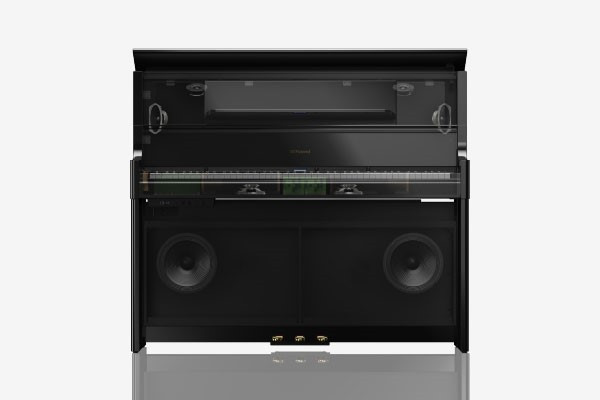
The placement of the speakers
The acoustics and the reverb are major variables in the sound picture when you play music – the experience of reverberation is determined by the placement of the speakers.
The manufactures have their own way of building the pianos, like the placement of the speakers. There are no rights or wrongs – the most important factor is that the sound is realistic.
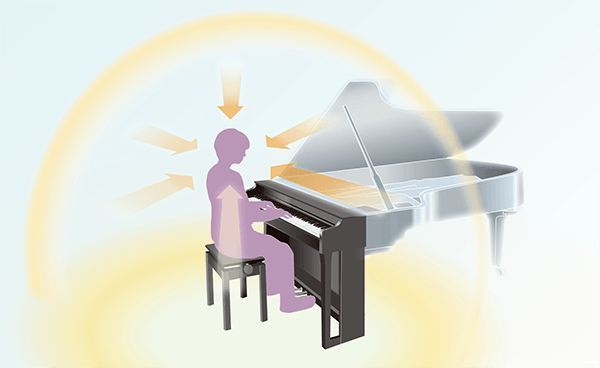
- 1-way speaker
You will find 1-way speakers in stage pianos and low-end upright digital pianos. On a stage piano there is almost no space for speakers so you they make them small and mobile and 1-way. Often, they are placed on top side the piano, one on the left and one on the right.
On low-end upright digital pianos, the speakers are placed on each side but usually they are placed underneath the keys facing downwards. 
- 2-way speakers
When we reach the mid-range pianos the speakers will often be 2-way speakers, at least on the upright digital pianos. The next pair of speakers are placed on top of the piano, in the upper part of the cabinet. On models like the Kawai CN-39 the speakers on the back side of the upper cabinet whereas on the Yamaha CLP-735 and Roland HP-704 the next pair of speakers are located on the front side on the upper cabinet facing outwards, just above the keys.
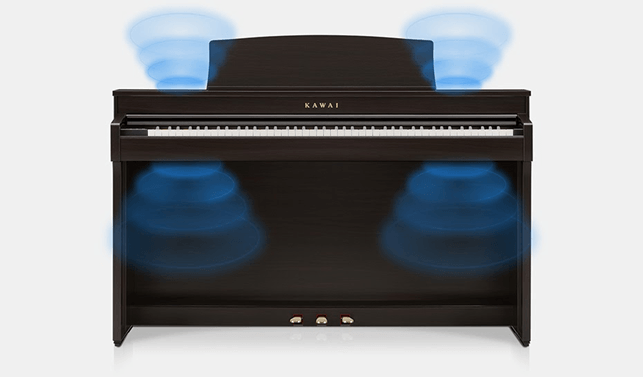
- 3-way speakers
When talking about 3-way speakers the sound is coming out from three places. On the Kawai CA-79 the sound comes from below you, comes upwards and towards you.
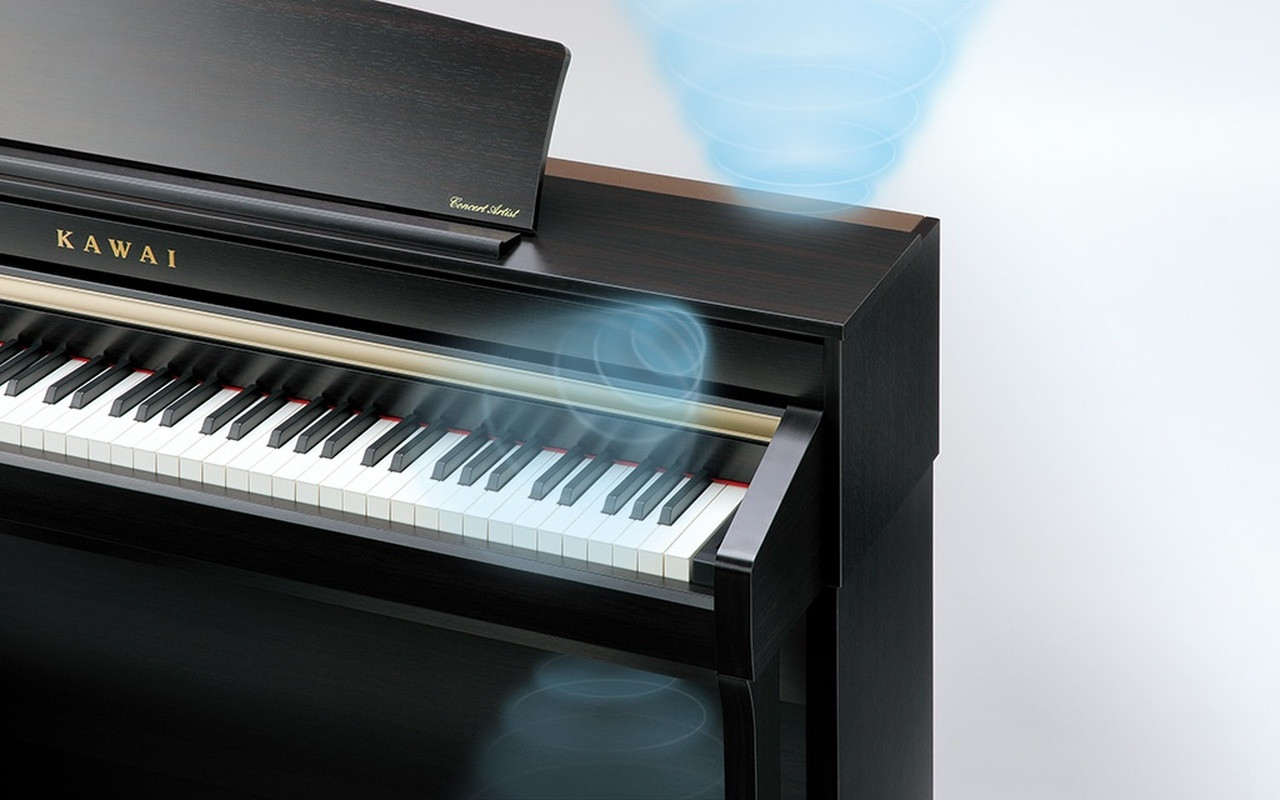
- 4-way speakers
There are not a lot of digital pianos with 4-way speaker system, but the flagship model from Kawai has speakers under the keys, on the upper part of the cabinet facing towards you and facing upwards and finally, a wooden soundboard board behind the instrument like you would find on an acoustic upright piano. This board is connected to the primary and secondary transducers which catches the resonance and gives a warm and organic sound picture which is close to the sound of the acoustic pianos.
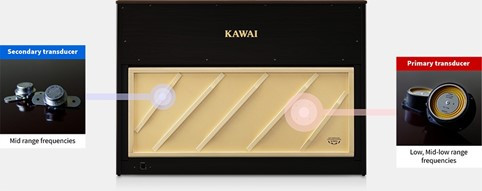
Amplification and size of the speakers
In the product descriptions and specifications of the digital pianos it is noted how much the total power output of the speakers is and it is measured in watts. The number of watts is the amount of power being delivered to the piano, and how loud it can play, the volume, but to an extent also the quality of the sound.
How many watts do you need? We recommend that if your instrument is placed in a living room or a medium sized room, you should go with a piano with 12-20W. If you have a bigger room, we recommend going above 20W. The instruments below 12W work best if you are playing by yourself.
The output power is directly related to the size of the speaker itself. If you have a membrane with a diameter of 25 cm, it will require more power (more watts) than a membrane with a diameter of 8 cm. Large speakers give greater sound, but you must always remember to make the size and the output power fit the environment you are play in.
For comparison, we have collected the descriptions of the flagship-models from Yamaha, Kawai, and Roland.
Yamaha: Grand Acoustic Imaging
When a pianist plays a grand piano, they cause the entire body of the instrument to reverberate and become enveloped in the colorful tones created from the combination of various acoustic elements in the air around them. The CLP-785 deliver this pleasant feeling through Grand Acoustic Imaging. The latest acoustic design and measuring technology create the same sound image and sound field of a grand piano. We optimally balanced and placed the bass, mid, and treble speakers to achieve the sound radiation and centroid characteristic of grand pianos so that each tone played through the speakers sounds like it was emitted from the proper place on an actual grand piano. The speaker placement and balancing replicates the sensation of the hammers striking the strings in front of the pianist, and the reverberations from the strings dissipating away from them. We also used a transducer to achieve the full reverberation of sounds emitted by the entire grand piano soundboard, replicating the sense of depth experienced when playing an acoustic grand piano.

Drawing from our experience in building both acoustic pianos and high-end speakers, Yamaha CLP-785/795GP speaker cones use pulp from the same spruce wood used to make acoustic piano sound boards. The result is a more natural, piano-like attack to the sound that is more piano-like when you play the keys.
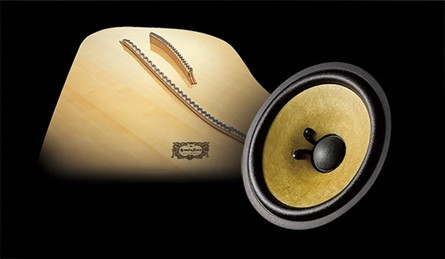
Roland: Acoustic Projection System
Each LX700 model includes an Acoustic Projection System, reproducing the rich, room-filling sound of a grand piano in a great venue – without needing the floorspace. The flagship LX708 houses a four-way, eight-speaker system, driven by a powerful amplifier, with each speaker fulfilling a specific role in delivering superior piano tone. The powerful cabinet speakers produce the all-enveloping main sound, while the top-mounted spatial speakers reproduce the resonance of the piano’s frame, projecting through the front C-shape wide aperture. Finally, the nearfield speakers and tweeters project the sounds you’re most likely to notice, including dramatic, dynamic overtones and even the noise of the hammers hitting the strings through the keyboard section.

The sound can be made even clearer by opening the top lid. The sound changes as it does when you open the lit on an acoustic grand piano.

Kawai: Premium Speakersystem and Soundboard
In addition to premium audio processing and amplification hardware, the CA99 also features high specification speakers, developed by audio specialists Onkyo. These premium drivers were selected for their flat frequency response and ultra-low distortion characteristics, ensuring the most accurate reproduction of the original Shigeru Kawai SK-EX concert grand piano.
The four top-mounted speakers project mid-range frequencies with clarity and expand the perceived depth of sound. Also, the two dome tweeters placed behind the upper board provide a feeling of proximity and presence for the player, and allow the authentic resonances generated by the SK-EX Rendering sound engine to sparkle and shimmer just like an acoustic instrument.
In addition to utilising premium driver units, the CA99 top-mounted speakers also feature custom-engineered diffuser panels, which help to expand the pianos’ tonal projection in all directions. These additional components create a 360° sound field around the instrument, ensuring a natural piano sound.
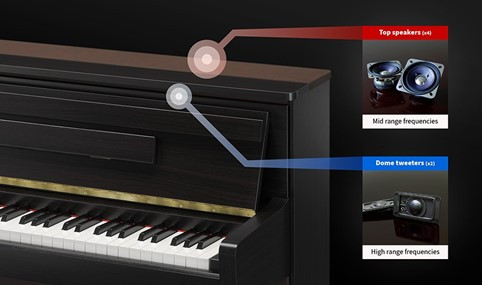
Complementing the premium quality drivers, the CA99 also incorporates the latest version of Kawai’s highly regarded soundboard speaker system. This unique audio technology embraces the rich, harmonic qualities of wood by using transducers to channel sound energy onto a large soundboard, to produce a more natural, organic tone.



